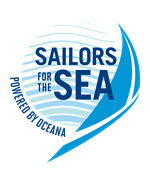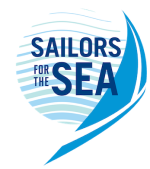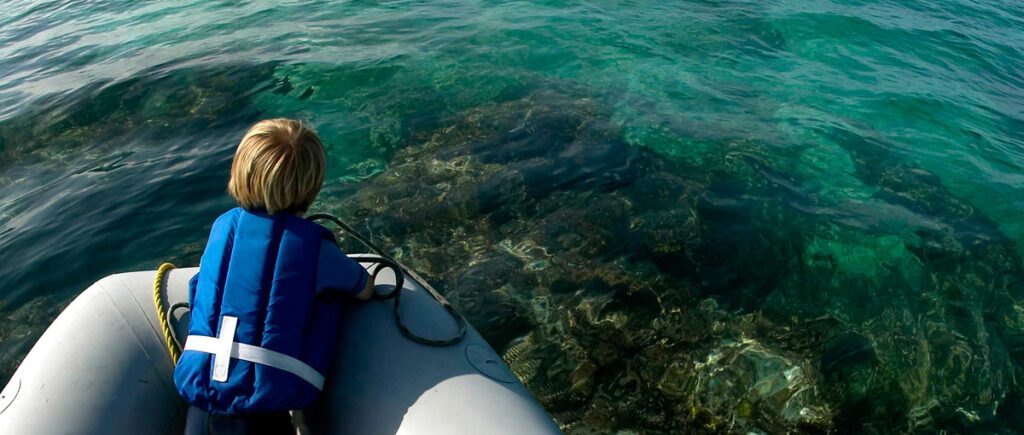KELP
Kids Environmental Lesson Plans
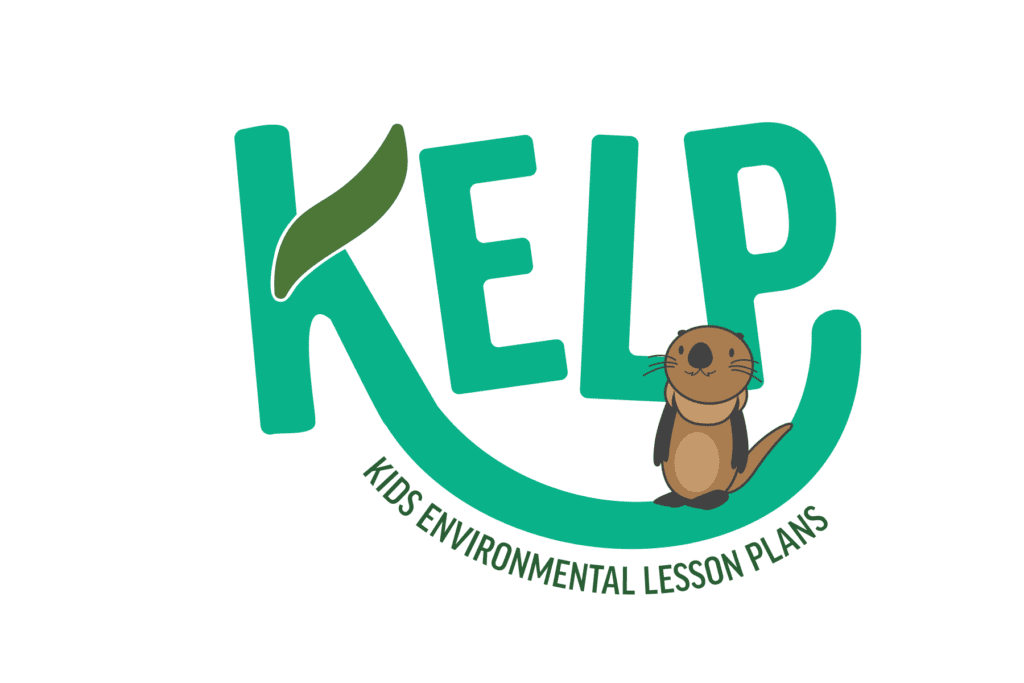
KELP are free, downloadable marine science activities that encourage curiosity in kids and help them explore their surroundings. With simple materials and minimal preparation, these dynamic lesson plans address important ocean health issues including plastic pollution, overfishing and climate change.
After completing your chosen activities, celebrate your Ocean Explorers with our downloadable KELP certificate! And don’t forget to visit our store where you can find some fun KELP gear and even adopt Otto the Otter.
KELP Activity Spotlight
Join the thousands of organizations and families across the globe who have inspired children to learn the importance of preserving healthy and abundant oceans through Sailors for the Sea Powered by Oceana’s KELP program.
Aquatic Animals
Ages 6 to 9
Build Otto the Sea Otter
Students will create a sea otter puppet and act out how this species is essential to kelp forest habitats.
Contributed By: Sailors for the Sea
Ages 9 and up
Hitching a Ride
Contributed By: Sailors for the Sea
All Ages
Become a Naturalist
Contributed By: Sailors for the Sea
Ages 6 to 12
How Long am I?
With just a simple rope, students can gain perspecitive on how big some of our ocean’s largest animals are.
Contributed By: Sailors for the Sea
Ages 6 to 9
Hermit Crab Game
Through musical chairs, learn about hermit crabs and the challenges they face when they need to find a new shell home.
Contributed By: Marine Biological Association
All Ages
The World is YOUR Oyster
Students will learn about the importance of oysters to estuarine ecosystems and to the community.
Contributed By: Tabor Academy
All Ages
Sinking Races
Students create various types of plankton with craft materials and race them in a large container of water. Slowest plankton wins!
Contributed By: SEA Semester
All Ages
Coral Reef Snow Globe
Students build a globe to demonstrate a mass coral spawning event.
Contributed By: Sailors for the Sea
All Ages
Build a Coral Polyp
Learn about the anatomy of coral and the symbiotic relationship between corals and zooxanthellae by building an edible coral polyp.
Contributed By: California Academy of Sciences
Ages 12 and up
Clam Jigsaw
Students create a cutout model of a clam to investigate the anatomy and physiology of these animals.
Contributed By: Harte Research Institute for Gulf of Mexico Studies
Ages 9 to 12
What’s Hiding in the Water?
Students learn what plankton are living in their local marine or freshwater habitats by building plankton nets.
Contributed By: Sailors for the Sea
Beaches, Bays & Rivers
All Ages
Explore the Shore
Create a shoreline scavenger hunt utilizing local identification books for shells, seaweed, birds and other coastal things.
Contributed By: Sailors for the Sea
All Ages
Beach Bingo
Kids will discover their natural surroundings by playing an interactive game of bingo with items that can be found at your beach or shoreline
Contributed By: Sailors for the Sea
Ages 6 to 12
Coastal Matching
Learn about what is found in your coastal environment with this fun matching game.
Contributed By: Sailors for the Sea
Ages 6 to 12
Beach Sculptures
Using materials and sand found on the beach, kids can create pieces of art
Contributed By: Marine Biological Association
Ages 9 to 12
Beach in a Pan
Students construct a beach in a pan and investigate the effects of wind and waves on beach shape
Contributed By: Monterey Bay Aquarium
Ages 12 and up
Rock Cycle Roundabout
A fun board game designed to learn the three ways rocks can form.
Contributed By: California Academy of Sciences
Ages 9 and up
Cloudy Waters
Students create a simple scientific instrument and learn about the role of sediment in their local waters.
Contributed By: Sailors for the Sea
Ages 12 and up
Density Currents
This activity demonstrates Thermohaline Circulation throughout our oceans and the relative densities of cold and warm waters.
Contributed By: University of Miami
Ages 9 to 12
A Story of Sand
A hands on activity that illustrates the different sources of sand including biological, geological and man-made.
Contributed By: Birch Aquarium
Ages 9 to 12
Dirty Water Challenge
Students learn about the water cycle and the principles of filtering water by building and testing their own filters.
Contributed By: New England Aquarium
Ages 9 to 12
Estuary Salt Front
Students create mini-coastal environments and introduce nutrients to see what happens in the estuaries where fresh and salt water meet.
Contributed By: Hudson River Sloop Clearwater
All Ages
Beach Bucket Scavenger Hunt
A fun scavenger hunt that gives students understanding of what can be found on beaches, beach ecology and the role of manmade objects.
Contributed By: Birch Aquarium
Catching Fish
Ages 9 and up
Sustainable Matching Game
A simple matching game for visually identifying fish and gaining an understanding of which can be sustainably harvested.
Contributed By: Monterey Bay Aquarium's Seafood Watch
Ages 6 to 9
Hooked on Conservation
A creative game that shows the effects of longline fishing on the health of the ocean ecosystem.
Contributed By: The Pew Environment Group
All Ages
The Deadliest Catch
Using candy, students mimic the effects of advanced fishing methods on the population sizes of fish.
Contributed By: The Pew Environment Group
Chemistry of the Sea
Ages 6 to 12
Salty Ocean
Students will learn why the ocean is salty and visualize why it’s easier to float in seawater than in freshwater.
Contributed By: Sailors for the Sea
Ages 12 and up
Acidic Ocean
Students use thier own exhaled breath and a red cabbage pH indicator to visualize how our oceans are becoming more acidic.
Contributed By: Sailors for the Sea
Ages 9 to 12
Osteoporosis of the Sea
An interactive activity demonstrating the effects of ocean acidification on shelled marine organisms, the ocean food web and to humans.
Contributed By: Sailors for the Sea
Climate Change
Ages 12 and up
Sea Level Rise
Which type of ice causes a rise in sea level when it melts: formations on land, like glaciers, or formations in the water, like icebergs?
Contributed By: California Academy of Sciences
Ages 9 to 12
Seasonality in the Ocean
Students figure out what season it is based on maps of sea surface temperature and phytoplankton growth.
Contributed By: Rutgers University
Ages 12 and up
Carbon Cycle Game
Students cycle as carbon between the living and nonliving parts of the ecosystem.
Contributed By: Rutgers University
Food Chains
All Ages
Ooey Gooey Animal Guts
Students identify what kind of consumer their marine animal is by examining the prey items they find in a Jell-O filled “stomach”.
Contributed By: Monterey Bay Aquarium
All Ages
Whale Food Chain Game
A game of Jenga that demonstrates our impact on a baleen whale’s food chain.
Contributed By: Sailors for the Sea
Living Underwater
Ages 9 and up
Defending the Deep
A board game to learn about the deep sea and the potential impacts deep-sea mining can have on these sensitive ecosystems.
Contributed By: Sailors for the Sea
All Ages
Seeing with Sound
Contributed By: Sailors for the Sea
All Ages
Hold Your Breath
Discover one of the ways marine mammals are able to hold their breath for long dives underwater.
Contributed By: Sailors for the Sea
Ages 6 to 12
A Shark’s Sixth Sense
Using magnets, kids can mimic how sharks use a unique sensory system to locate their prey.
Contributed By: Sailors for the Sea
Ages 9 and up
Symbiosis
In this fun matching game, kids will learn about the symbiotic relationship between different marine creatures.
Contributed By: NAMEPA
Ages 6 to 9
Whale of a View
With small mirrors and a paper towel tube, students build monoculars to view their surroundings from the perspective of a whale.
Contributed By: New Bedford Whaling Museum
Ages 6 to 9
Whale Feeding
An activity that demonstrates how baleen whales, such as Right Whales, use skim feeding to capture their prey.
Contributed By: New Bedford Whaling Museum
Ages 6 to 9
Whale Blubber
Students create a “blubber glove” to mimic the importance of blubber to whales living in frigid water.
Contributed By: New Bedford Whaling Museum
All Ages
How to Hide in the Ocean
A fun game teaching students how fish and other ocean creatures camouflage into their surroundings.
Contributed By: SEA Semester
Ages 9 to 12
Drying Out on the Rocky Shore
A hands on activity that illustrates how marine creatures have adapted to survive the extreme conditions between the rocky shoreline tide marks
Contributed By: SEA Semester
All Ages
All that Glitters
An activity that plays with light at different depths of the ocean and discusses adaptations organisms have made for different light conditions.
Contributed By: University of Miami
Ocean Fun Packs
All Ages
Polar Regions
Learn about our polar regions’ unique habitat and wildlife through crossword puzzles, word searches and other fun activities.
Contributed By: Sailors for the Sea
All Ages
Coral Reefs
Through word searches, matching and other fun games learn about these bustling cities of marine life and how to protect them.
Contributed By: Sailors for the Sea
Pollution & Marine Debris
Ages 9 and up
Oil Spill Cleanup
Students will simulate an oil spill and mimic different methods and materials to try to clean up the pollution in the ocean.
Contributed By: Sailors for the Sea
All Ages
How Long Till It’s Gone?
Discover how long it takes for different materials to degrade by putting items (i.e. orange peel, plastic straw) along a timeline.
Contributed By: Sailors for the Sea
Ages 9 to 12
Shower Curtain Watershed
Students create a watershed model using a plastic shower curtain, a spray bottle and some chairs!
Contributed By: Sailors for the Sea
Ages 9 to 12
Beach Contamination
Students are challenged to find and remove a baking soda contaminant from a container filled with damp sand.
Contributed By: Monterey Bay Aquarium
Ages 9 to 12
Plastic Beach
Students carry out a beach transect, learning about the prevalence and sources of plastic pollution in the oceans.
Contributed By: 5 Gyres Institute
Ages 12 and up
Who Dirtied the Water?
This interactive narrative illustrates different sources of pollution, historic and modern, to a body of water.
Contributed By: New England Aquarium
All Ages
Flowing Downstream
Students illustrate the effects of the land use in a watershed by simulating development of their own riverfront property.
Contributed By: New England Aquarium
All Ages
Biomagnification Game
A tag inspired game that demonstrates how plastics and the chemicals in plastics are biomagnified to reach our dinner plates.
Contributed By: The Rozalia Project for a Clean Ocean
All Ages
Oyster Tag
A game of freeze tag that gives an understanding of the interaction of oyster reefs and toxic waste (pollution) in the water.
Contributed By: Sailors for the Sea
